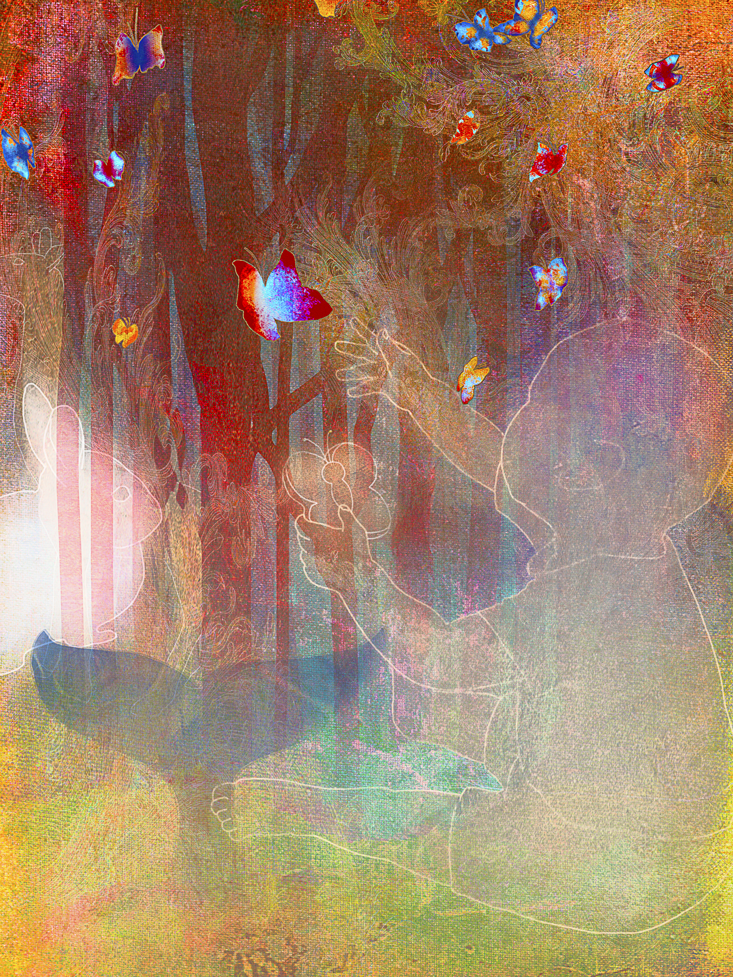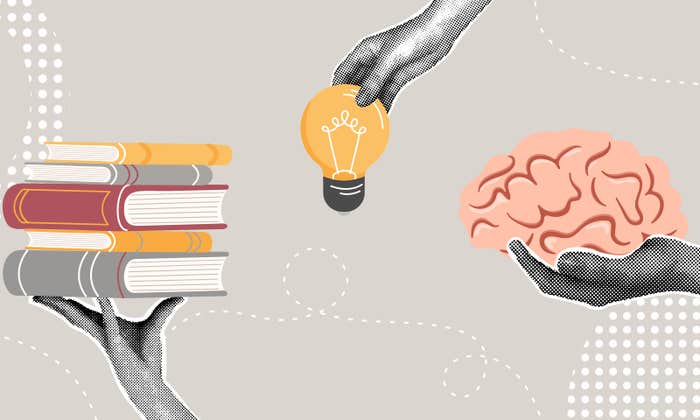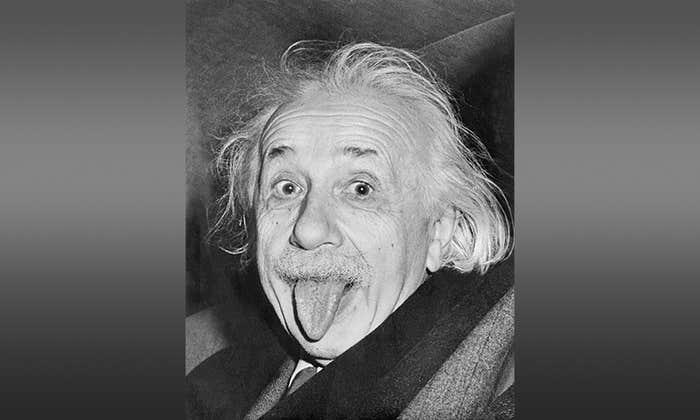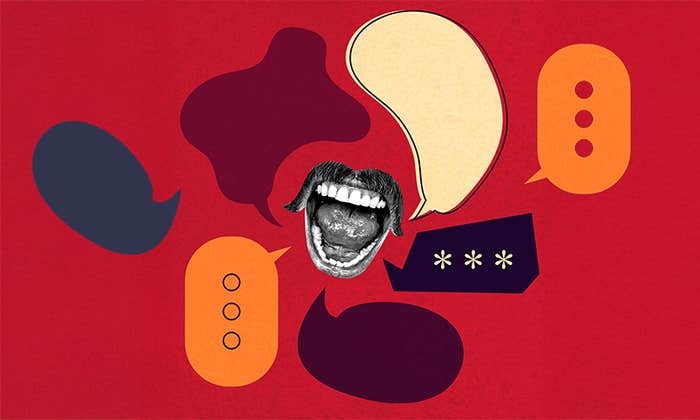There is a family living in Britain, known only as the KE family, with a few members that can’t quite say words like “hippopotamus.” They know the words, but can’t get their mouth positions quite right, so their speech comes out garbled. Some family members have a hard time saying words in the right order, and others have trouble reciting words that begin with the same letter. Multiple generations of the family have similar language difficulties, suggesting a genetic basis for their disorder.
In the early 2000s, Oxford University geneticists Anthony Monaco, Simon Fisher, and their colleagues found the culprit: KE family members had a rare mutation in a gene called FOXP2.1 The mutation was subtle—only one nucleotide removed from the typical FOXP2 sequence—but the resulting language impairment was substantial. That meant there was probably something about the normal FOXP2 gene that helped enable fluent speech. In the wake of this finding, FOXP2 was trumpeted in the press as a “grammar gene” and a “language gene.”
The public’s “language gene” assumption seemed to fit well with certain long-standing theories about the origins of language. In the mid-1960s, linguist Noam Chomsky proposed that the human brain is equipped with a distinct “language organ”—a module that appeared relatively suddenly in the history of human development. “The language organ interacts with early experience and matures into the grammar of the language that the child speaks,” Chomsky told Omni’s John Gliedman in a 1983 interview.
Without a neatly packaged module to point to, how can we tell when and how language appeared?
Coming out of an era of rapid advances in computer technology, the idea of a discrete, common origin to human language made intuitive sense. It was also consistent with observations that many languages have similar features, suggesting that the brain contains a limited array of linguistic “switches” that constrain the ways language develops. These narrow paths, according to the theory, give rise to universal language structures. In sentences that contain a verb and object, for instance (“Duane played the piano”), a preposition often precedes a noun (“at the party”).
But over the years, it became clear that the truth about language origins was not quite as simple as a “language gene” or well-defined language module. Further study revealed that the FOXP2 gene is relevant to multiple mental abilities and is not strictly a language gene at all. In a 2009 paper, for example, Max Planck Institute geneticist Wolfgang Enard exploited the fact that just three amino acids distinguish the human version of the FOXP2 protein from that of mice. When he engineered the FOXP2 genes of mice to produce proteins with the two human FOXP2 amino acids, it resulted in functional differences in brain areas critical for carrying out fine motor tasks and controlling muscle movements, as well as altered function in regions involved in sending and receiving reward signals.2
“This is the reward system, the system that gets hijacked by drugs,” Enard says. “This system is needed for statistical learning. It makes sense to say if you want to have speech, you need to tune it.” A later study3 also found that mice with human FOXP2 learned faster than regular mice.
The same gene that regulated language so strongly also regulated other mental faculties, so its very existence appeared to contradict rather than strengthen the idea that language commands its own territory separate from other areas of the brain. As Enard points out, the language-as-island idea is also inconsistent with the way evolution typically works. “What I don’t like about the ‘module’ is the idea that it evolved from scratch somehow. In my view, it’s more that existing neural circuits have been adapted for language and speech.”
People making complex tools showed brain blood flow patterns similar to those they displayed when thinking about words.
In humans, too, evidence is mounting that language relies on a surprisingly broad neural support system. A 2012 paper from the University of Washington4 shows that infants with denser concentrations of white or gray matter in the hippocampus and cerebellum show higher levels of language skill by their first birthdays, despite the fact that these brain areas have not traditionally been linked to language. Earlier this year, University of Washington scientists also found that 7-month-old babies show activation in a number of different brain regions when they hear speech, including in the cerebellum, which is important for coordinating motor movements.5
Some researchers argue that the universality of structures across different languages has also turned out to be weaker than initially thought. In 2011, Uppsala University evolutionary linguist Michael Dunn and his colleagues created computer models of how word order has changed over time in four of the world’s largest language groups: Uto-Aztecan, Indo-European, Bantu, and Austronesian. They found that instead of developing parallel structures, each language was evolving according to its own set of rules.6 One structure that statistical methods suggested was universal (how “verb-object” clauses influence word order in prepositional phrases) actually appeared in just half the major language groups the team studied. “What seems like a strong statistical correlation really only happens in two big [language] families,” Dunn says. “It looks a lot less universal.”
Dunn doesn’t think that a language-specific brain module evolved and gave rise to predictable language structures. Instead, he believes language—in all its messy complexity—emerged once humans reached a certain level of cognitive capacity. “The module thing started with the computer metaphor for the human brain, and I think this was of some use at the time,” he says. “But really, it’s a little bit deceiving. It’s all a much more ramshackle, muddled-up biological system.”

While the existence of a language module continues to be debated, questioning its presence would seem to make understanding the origins of language more difficult. Without a neatly packaged module to point to, how can we tell when and how language appeared?
Some clues are coming from studies of the history of toolmaking. In 2010, Imperial College London neuroscientist Aldo Faisal enlisted his colleague Bruce Bradley, an Exeter archaeologist and skilled craftsman, to take part in a novel experiment. Bradley was tasked with whittling blocks of stone, crafting a series of rough-hewn stone flakes and more detailed, symmetrical hand axes, while wearing a glove studded with sensors that tracked his hand movements. When Faisal analyzed the sensor data, he noticed that the hand motions required to craft a well-turned hand axe were basically identical to those needed to make a stone flake.7
The results suggested that it wasn’t an improvement in manual coordination per se that allowed early humans to make the leap from primitive stone flakes to hand axes—instead, it was a shift in cognitive capacity. This shift, Faisal points out, could also have aided language. An earlier study had reported that when master craftsmen are making complex tools like hand axes (but not simple stone flakes), specific regions of the brain’s right hemisphere light up on functional MRI scans—brain areas that are also involved in making sense of speech.8 Similarly, in 2013 University of Liverpool archaeologist Natalie Uomini found that people making complex tools showed brain blood flow patterns similar to those they displayed when thinking about words.9
Researchers like Faisal think that as toolmaking skills became more common in the population, humans may have acquired the mental horsepower requisite for language. “A lot of people would say that toolmaking came [before language]—that’s the general prevailing view,” Uomini says. “I would just say that they co-evolved.”
The problem with ‘gene for x’ or ‘grammar module y’ is they ignore how something that is the property of an individual is linked to something that is the property of a community.
Even the advancement of general cognitive skill, however, may be too narrow a picture of the evolution of language. University of Edinburgh computational linguist Simon Kirby argues that, while the human brain may be a necessary foundation for language, it is not sufficient to explain it. The beginnings of language, Kirby says, were profoundly shaped by the dynamic interplay of human culture itself.
Kirby took a unique approach to probing the origins of language: He taught human participants novel languages he had made up. He and his colleagues showed human subjects cards with different shapes and pictures on them, taught them the words for these pictures, and tested them. “Whatever they do, whether they get it right or wrong, we teach it to the next person,” Kirby says. “It’s rather like the game Telephone.”
Remarkably, as the language passed from one learner to the next, it began to acquire cogent structure. After 10 generations, the language had changed to make it easier for human speakers to process. Most notably, it began to show “compositionality,” meaning that parts of words corresponded to their meaning—shapes with four sides, for instance, might all have a prefix like “ikeke.” Thanks to these predictable properties, learners developed a mental framework they could easily fit new words into. “Participants not only learn everything we show them,” Kirby says, “but they can correctly guess words we didn’t even train them on.”
Kirby realized that this process of iterated learning—which depended on brain function but extended beyond it—went a long way toward explaining where language structure came from. Having watched in the lab as ordered languages appeared, he’s skeptical when he sees colleagues get entrenched in purely biological explanations for language’s origins. “There’s been this assumption that brain and behavior are related very simply, but languages emerge out of huge populations of socially embedded agents. The problem with ‘gene for x’ or ‘grammar module y’ is they ignore how something that is the property of an individual is linked to something that is the property of a community.”
This linkage reveals the absorbing paradox at the heart of language’s origins. As hardwired as it is, language is a distributed object, both across the human brain and across generations of people. And it is precisely the chaotic hot-potato toss of words and grammar that yields the order and beauty that we see today. In the realm of language, as in other things, modern science is showing us that we are not the pilots of our own sealed ship, but are actors in a play, each able to contribute a verse.
Elizabeth Svoboda is a writer in San Jose, California, and the author of What Makes a Hero?: The Surprising Science of Selflessness.
References
1. Lai, C.S.L., Fisher, S.E., Hurst, J.A., Vargha-Khadem, F., & Monaco, A.P. A forkhead-domain gene is mutated in a severe speech and language disorder. Nature 414, 519-523 (2001).
2. Enard, W., et al. A humanized version of FOXP2 affects cortico-basal ganglia circuits in mice. Cell 137, 961-971 (2009).
3. Schreiweis, C., et al. Humanized FOXP2 alters learning in differently balanced cortico-basal ganglia circuits. Neuroscience Meeting Planner, Washington, D.C. Society for Neuroscience (2011).
4. Can, D.D., Richards, T., & Kuhl, P.K. Early gray-matter and white-matter concentration in infancy predict later language skills: A whole brain voxel-based morphometry study. Brain & Language 124 34-44 (2013).
5. Kuhl, P.K., Ramirez, R.R., Bosseler, A., Lin, J.F.L., & Imada, T. Infants’ brain responses to speech suggest analysis by synthesis. Proceedings of the National Academy of Sciences of the United States of America 111, 11238-11245 (2014).
6. Dunn, M., Greenhill, S.J., Levinson, S.C., & Gray, R.D. Evolved structure of language shows lineage-specific trends in word-order universals. Nature 473, 79-82 (2011).
7. Faisal, A., Stout, D., & Bradley, B. The manipulative complexity of lower Paleolithic stone toolmaking. PLoS One 5, e13718 (2010).
8. Stout, D., Toth, N., Schick, K., & Chaminade, T. Neural correlates of Early Stone Age toolmaking: technology, language and cognition in human evolution. Philosophical Transactions of the Royal Society B 363, 1939-1949 (2008).
9. Uomini, N.T. & Meyer, G.F. Shared brain lateralization patterns in language and Acheulean stone tool production: a functional transcranial Doppler ultrasound study. PLoS One 8, e72693 (2013).




























